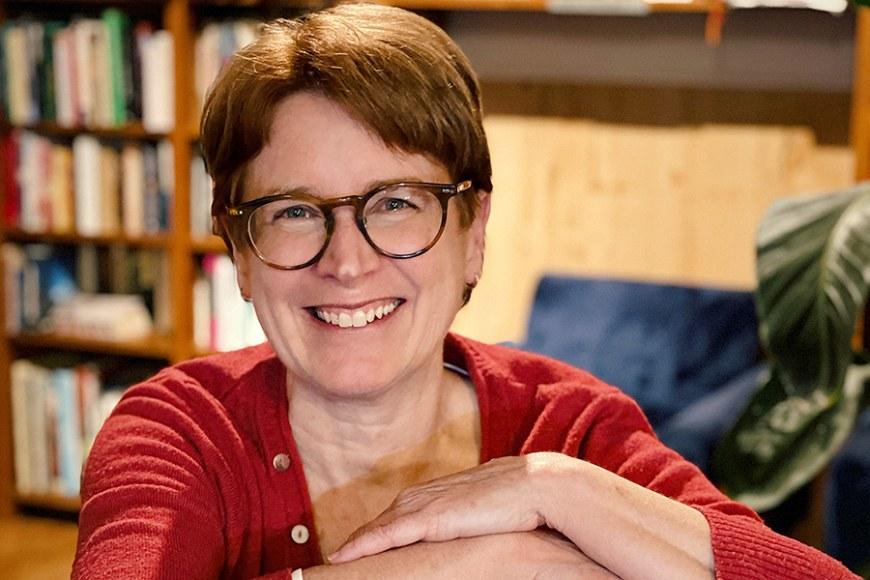
You need to understand a text – an email, a social media post, or something you need at work – but it’s in a language you have a limited understanding of. So, you do what many of us do in the same situation: put it into Google Translate or a similar tool and translate it into your own language. What you get back is ‘raw’ machine translation, meaning it is not edited by any human, but you use it anyway because you estimate that your understanding of the somewhat imperfect text is good enough.
According to Mary Nurminen, there is a tendency to think that people only use automatic translation tools for personal or unimportant things. However, her research showed that raw machine translation is also being used for studies and work, within teams, and also for important and even somewhat risky purposes.
“That might sound a bit alarming, but the professional group I studied was very knowledgeable in their use of machine translation. They weighed the risks against how well they understood a machine-translated text. When the risk was too high or their understanding not good enough, they had the text translated by a human,” Nurminen explains.
Research can lead to more user-friendly machine translation tools
The second topic investigated in the dissertation were the contextual factors that contributed to getting a ‘good enough’ understanding of a machine-translated text. According to Nurminen, understanding does not depend solely on the quality of the translation that the machine produces. That plays an important role, but people also rely on other things in the context to help them use and understand machine translation.
“My starting point was the idea that context affects communication, which is a well-researched fact. What I wanted to do was to identify specific contextual factors that affected the new form of communication enabled by machine translation,” says Nurminen. She identified 11 such factors.
To give just one example, a person who translates a text about a topic they are very familiar with has a better chance of being able to use the machine-translated text than someone who knows nothing about the topic. Even when a part of the translation is not clear, they are better able to figure out what the meaning might be. They also might spot mistakes in the translation more easily.
Nurminen describes why it is important to get a better understanding of how people are using machine translation and what helps them to use it: “At this point in machine translation development, it is crucial to look beyond the technology into how people actually use it. A better understanding of this can help us to build more user-friendly machine translation tools. But it can also make us better equipped to decide in what situations it makes sense to use raw machine translation – and where it should definitely not be used.”
Mary Nurminen is a University Instructor at Tampere University. Her doctoral dissertation in the field of Translation Studies, titled Investigating the Influence of Context in the Use and Reception of Raw Machine Translation, will be publicly examined in the Faculty of Information Technology and Communication Sciences at Tampere University at 13:00 (Eastern European Time, GMT +2) on Friday, 3 December 2021. The defense will take place in Auditorium A1 of the university’s main building, Kalevantie 4, Tampere. The Opponent will be Professor Lynne Bowker from the University of Ottawa, Canada. The Custos will be Professor Kaisa Koskinen of the Faculty of Information Technology and Communication Sciences.
The dissertation is available online at: https://trepo.tuni.fi/handle/10024/135446.
The event can be followed via remote connection (Panopto).
Photo: Mikko Keskinen
